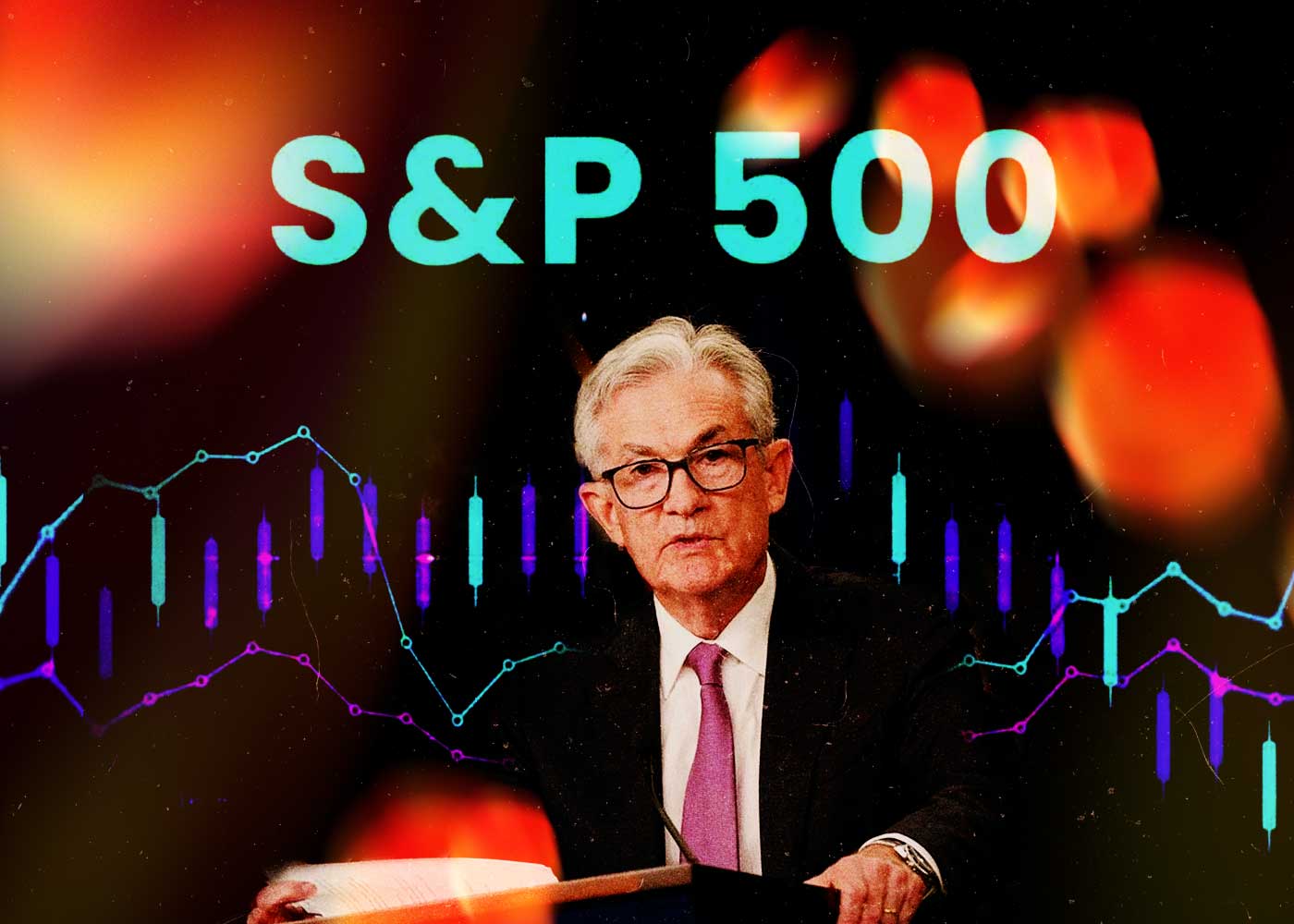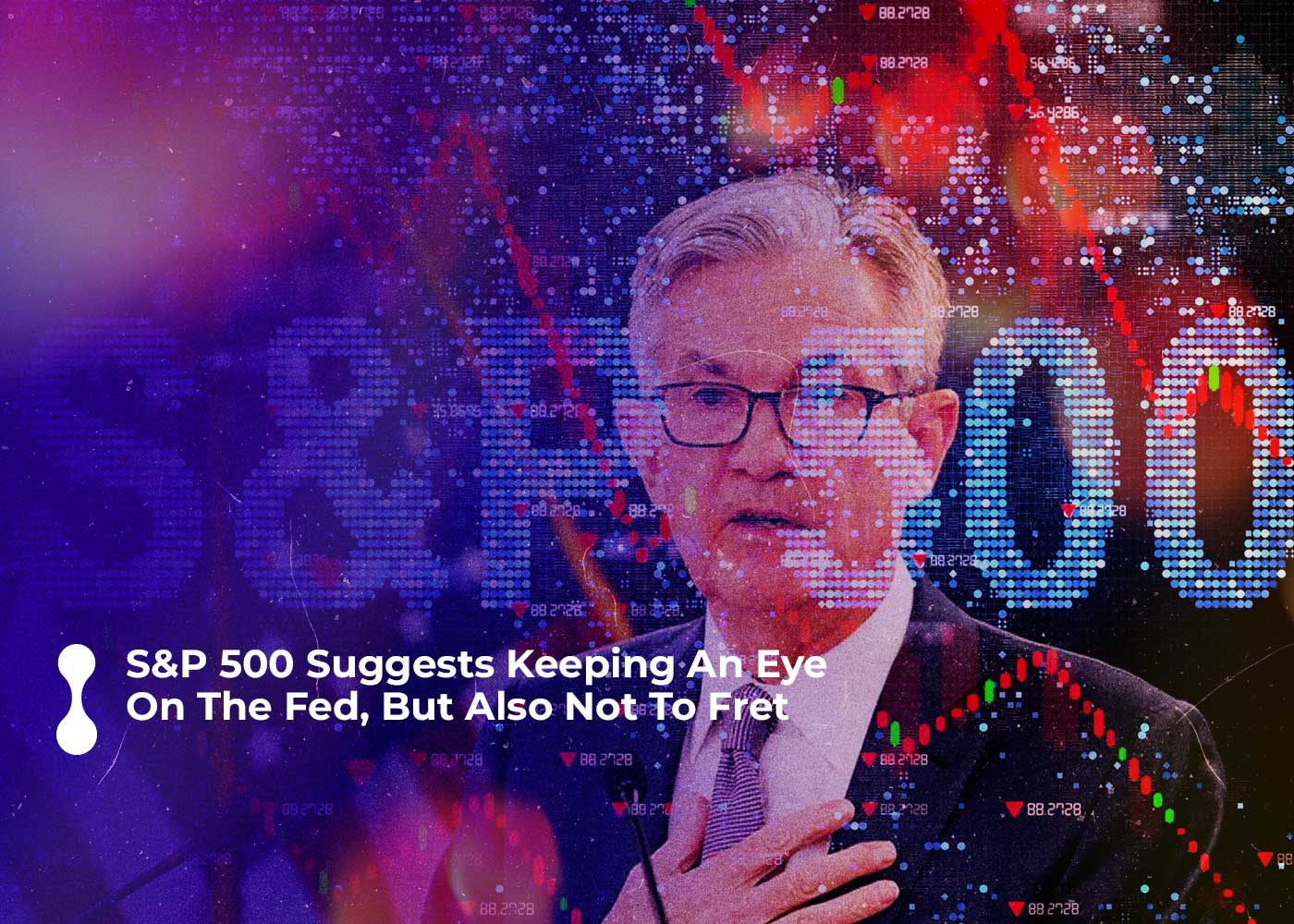The most critical issues with the global economy have shockingly disappeared in the span of an instant. Rapidly increasing Fed interest rates and a surging dollar in October, when the S&P 500 was approaching bear market lows, fueled concerns that the ailing global economy might collapse. Then, the unexpected continued to occur.
Now that the very inevitable 2023 economic downturn has been postponed, the rest of the globe should assist in softening the blow for the US economy. What does this revised global economic prognosis mean for investors, then? A gentle landing in the US would reduce any negative effects on corporate profits and the S&P 500. Although the Federal Reserve hasn’t shown any signs of letting up in its fight against inflation, slower wage growth raises the possibility that it won’t need to exert as much pressure.
S&P 500 Investors Must be Wary of Both Ups and Downs as Global Economy Experiences a Surge
Investors should be adaptable and perhaps cast a wider net. The rate of inflation may not decline as rapidly if there is no recession. Growth stock values may be hampered in an economic crisis by long-term Treasury rates rather than by their collapse. But, when GDP picks up abroad, out-of-favor international companies may continue their recent surge.
Up until recently, China‘s economy was tightly controlled. Late last year, President Xi Jinping made the “mother of all U-turns,” in the words of Jefferies strategist Christopher Wood, by abandoning his zero-Covid policy and stepping up fiscal stimulus. Without Russian fuel, Europe’s economy was in danger of entering a deep freeze this winter, but as a result of an unexpected drop in gas prices, the continent’s economy is now heating up.

Fed is on High Alert
Fed policymakers are on high alert for a reacceleration in growth that may keep inflation high following January’s unexpectedly good retail sales and jobs figures. It effectively put a stop to the current S&P 500 rise and clinched the agreement for quarter-point rate increases at the following two Fed conferences in March and May.
The current stock market surge reached its climax on February 2, a day after the most recent Fed summit and Powell’s reassuring remarks and right before the release of the January employment data. This is not a coincidence. Since early February, the dollar and Treasury yields have also increased. The S&P 500 and other significant stock indices, however, haven’t lost much ground.
This content may also be of interest: Insights from Binance CEO CZ: Navigating Increased Regulation and Ensuring Safety in Cryptocurrency Trading
